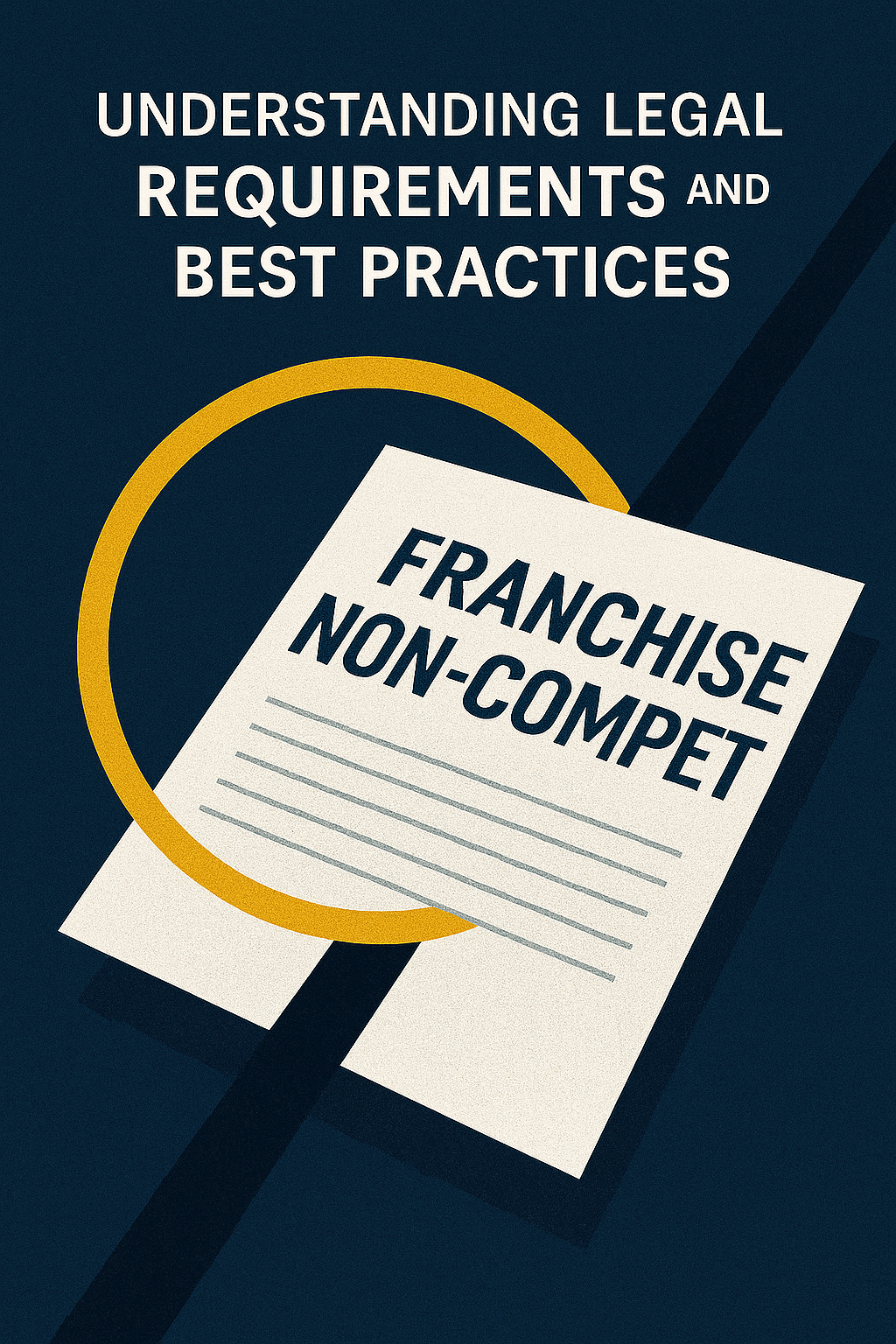Maintaining brand standards is crucial for businesses seeking to establish a strong identity and resonate with their target audience. One significant aspect of maintaining brand standards is keeping your premises updated and refurbished to ensure they align with your brand’s values and aesthetic. However, determining how frequently you should refurbish or update your premises can be a complex decision influenced by various factors. In this article, we will explore the importance of maintaining brand standards in premises, the impact of outdated premises on brand perception, and the key factors to consider when determining the frequency of refurbishments or updates.To begin, understanding the importance of maintaining brand standards in premises is essential. Your premises not only serve as a physical representation of your brand but also contribute to the overall customer experience. When customers walk into your premises, they should feel a sense of alignment between what your brand represents and the environment they are in. A well-maintained and updated premises can help create a positive brand perception, enhance customer satisfaction, and foster loyalty. On the other hand, neglecting or disregarding the condition of your premises can result in a negative brand image, customer dissatisfaction, and potential loss of business.The impact of outdated premises on brand perception cannot be underestimated. In a highly competitive market, customers have a multitude of options to choose from, and their expectations are continually evolving. If your premises fail to meet their expectations, they may perceive your brand as outdated, unprofessional, or simply not up to par with competitors. This negative perception can diminish your reputation, inhibit customer loyalty, and ultimately affect your bottom line. It is therefore crucial to regularly assess and update your premises to ensure they remain fresh, modern, and aligned with current customer preferences.When determining the frequency of refurbishing or updating your premises, several factors need to be taken into consideration. Firstly, assessing the current condition of your premises is essential. Identify areas that require improvement, whether it be outdated decor, worn-out furniture, or outdated technology. Conducting regular audits and inspections can help identify areas that may be impacting your brand standards. Additionally, keeping abreast of industry trends and innovations in premises design and functionality is crucial to stay relevant, offer a compelling customer experience, and surpass competitors’ brand standards.Setting a budget is another critical factor in deciding the frequency of refurbishments or updates. Allocating a sufficient budget enables you to invest in high-quality materials, professional designers, and contractors. It is essential to strike a balance between investing in regular updates to maintain brand standards and ensuring cost-effectiveness. Moreover, planning the timeline for refurbishing or updating your premises is crucial to minimize disruption to your operations. Consider whether the updates can be executed during off-peak periods or if there are alternative locations where your business can operate temporarily.Utilizing market research is a valuable tool for aligning premises updates with evolving customer preferences. Understanding your target audience’s demographics, preferences, and expectations can guide your decision-making process. By incorporating customer feedback and preferences into your refurbishment plans, you ensure that the updates resonate with your target market, further enhancing customer satisfaction and brand perception.Embracing sustainable and eco-friendly practices in premises refurbishments and updates is not only responsible from an environmental standpoint but can also contribute to a positive brand image. Customers are increasingly conscious of businesses’ environmental impact and are more likely to engage with brands that prioritize sustainability. Incorporating sustainable materials, energy-efficient systems, and environmentally friendly practices can attract environmentally conscious customers and differentiate your brand from competitors.Engaging professional designers and contractors is paramount to ensuring high-quality outcomes when refurbishing or updating your premises. Professionals possess the expertise and experience in translating your brand vision into a physical space. From conceptualization to execution, their knowledge of design principles, materials, and construction techniques can elevate your premises and maintain brand standards. Collaborating with professionals also enables you to tap into their network of suppliers, artisans, and tradespeople, ensuring that every aspect of your refurbishment is of the highest standard.Incorporating branding elements in premises design is a strategic way to enhance brand identity. Your premises should reflect your brand’s personality, values, and story. From color palettes and signage to furniture arrangements and decor, every element should be carefully curated to reinforce your brand identity. Consistency in branding across all touchpoints, including your premises, fosters brand recognition and instills confidence in your customers.Technology-driven solutions can be leveraged to elevate customer experience in refurbished premises. From interactive displays and self-service kiosks to smart lighting and automated systems, integrating technology can enhance convenience, efficiency, and customer engagement. Stay up-to-date with technological advancements in your industry and identify areas where technology can be used to enhance the overall customer experience.Leveraging social media and digital platforms to promote your refurbished or updated premises is essential in today’s digital age. Capture high-quality images and videos of your premises and share them on platforms like Instagram, Facebook, and YouTube. Engage with your audience and encourage them to share their experiences, creating a buzz around your brand and premises. Utilize targeted advertising to reach potential customers in your local area and highlight the unique features of your updated premises.Monitoring and evaluating the impact of premises refurbishments on brand perception and customer satisfaction is an ongoing process. Regularly assess customer feedback, conduct surveys, and track key performance indicators to gauge the effectiveness of your updates. Adjust your strategies accordingly to ensure that your premises remain aligned with your brand standards and continually exceed customer expectations.Seeking feedback from employees and customers is essential in assessing the effectiveness of premises updates in maintaining brand standards. Your employees are on the front lines and can provide valuable insights into how the updates have enhanced their productivity and overall job satisfaction. Additionally, feedback from customers can help identify areas for improvement and highlight what aspects of your updated premises resonate with them the most. Actively listen to their feedback, implement necessary changes, and communicate transparently to keep everyone aligned with your brand standards.Exploring case studies of successful brands that have achieved excellence in maintaining brand standards through regular premises updates can offer valuable insights and inspiration. Analyze their strategies, the frequency of their updates, and how it has influenced their brand perception. Case studies provide real-world examples of brands that have successfully adapted their premises to evolving customer expectations and remained ahead of the curve.Addressing common challenges and hurdles in maintaining brand standards through regular premises updates is crucial for developing a comprehensive strategy. Some challenges may include managing costs, minimizing disruptions to operations, and ensuring a seamless customer experience during the updates. Anticipate potential issues and develop contingency plans to mitigate risks and overcome obstacles.Staying updated with industry trends and innovations in premises design and functionality is vital to remain competitive and maintain brand standards. Attend trade shows, conferences, and workshops related to your industry. Collaborate with industry experts and join professional networks to stay informed about the latest advancements. Constantly seek opportunities to learn and adapt your premises to evolving customer preferences.Emphasizing the importance of ongoing maintenance and upkeep is critical in sustaining brand standards in refurbished or updated premises. Ensure that regular cleaning, repairs, and inspections are conducted to prevent deterioration and maintain a clean and welcoming environment. Assign responsibility for maintenance tasks and establish a schedule to ensure they are consistently carried out.Creating a long-term strategy for continuous improvement of premises is key to surpassing competitors’ brand standards. Consider incorporating a regular refurbishment or update cycle into your business plan. Develop a roadmap that outlines specific updates or improvements to be made over the next few years. This long-term strategy demonstrates your commitment to maintaining brand standards and sets a benchmark for your business to strive towards.In conclusion, regularly refurbishing or updating your premises is essential to maintaining brand standards. By considering the importance of premises in brand perception, addressing factors such as current condition, budget, timeline, market research, sustainability, professional expertise, branding elements, technology, social media, evaluation, feedback, case studies, challenges, industry trends, ongoing maintenance, and long-term strategy, you can make informed decisions about the frequency of updates to align with your brand objectives. Stay proactive, stay relevant, and continue to exceed customer expectations through well-maintained and updated premises. Remember, maintaining brand standards is an ongoing journey that requires commitment and dedication.







